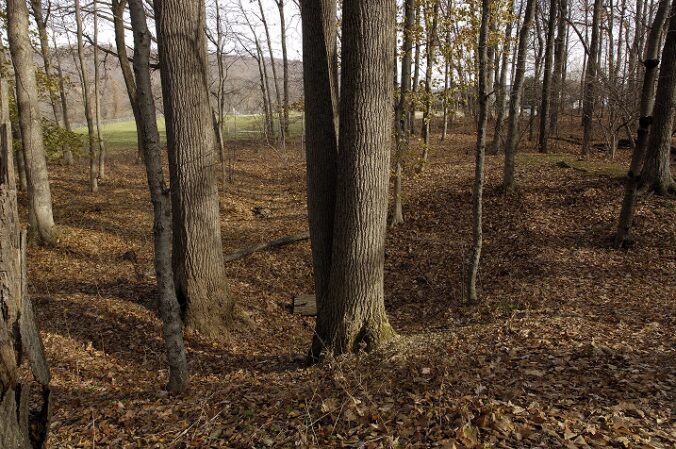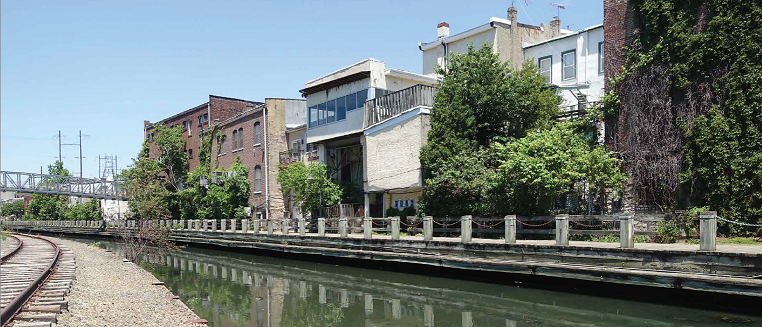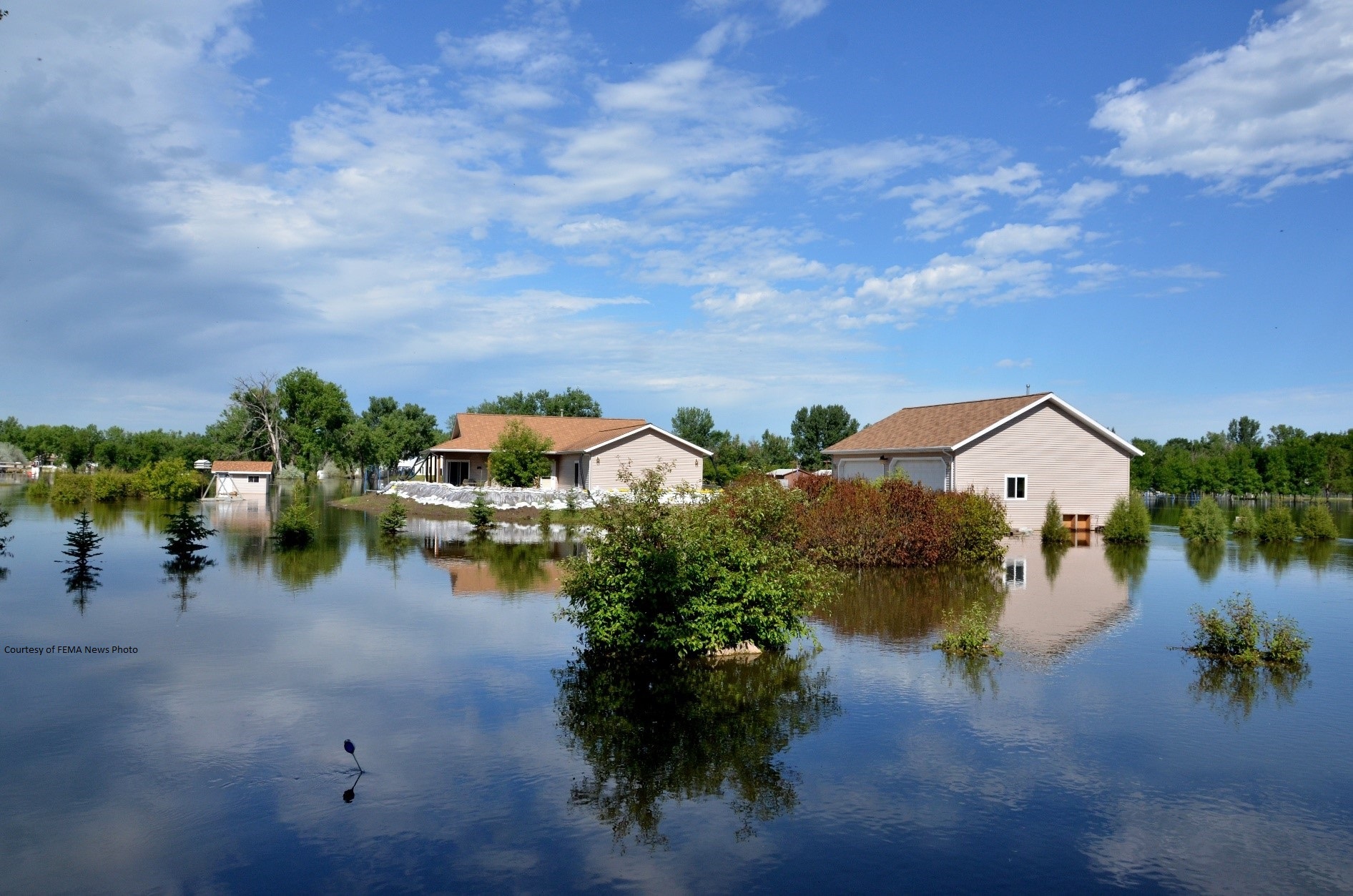This is part of a biannual blog series highlighting the agreement documents executed by PA SHPO in accordance with Section 106 of the National Historic Preservation Act and its implementing regulations.
Category: U.S. Army Corps of Engineers (Page 1 of 2)

Quarrying our Data for Quarry Districts Part 2: The Updated Hardyston Jasper District
Back in October 2023, we shared a blog highlighting the updates to the Hardyston Jasper District that PA SHPO archaeologists were working on. These updates included reevaluating our PASS data to create and formally designate the NPS/Keeper Eligible Hardyston Jasper District, refine the district’s boundaries from the boundary established in the 1988 report by Anthony and Roberts, and identifying and evaluating sites for inclusion in the Hardyston Jasper District.
In a given year, PA SHPO consults with federal agencies, applicants, and preservation stakeholders on thousands of federal undertakings in accordance with Section 106 of the National Historic Preservation Act. For some context, PA SHPO staff reviewed over 5,100 federal and state projects in 2021.
Continue reading
Manayunk Main Street Historic District Flood Guide
September is National Preparedness Month. According to the PA Emergency Management Agency (PEMA), this year’s theme is “Disasters don’t wait. Make your plan today.”
Continue readingIn spring of 2015, the United States Army Corps of Engineers (USACOE), the Pennsylvania State Historic Preservation Office (PA SHPO), Shell Chemical Appalachia, LLC (applicant) and the Seneca Nation of Indians (SNI) concluded consultation after 18 months of discussions under Section 106 of the National Historic Preservation Act about the construction of a petrochemical complex in Beaver County along the Ohio River.
Continue readingUPDATE: Due to public health measures to limit the spread of COVID-19, effective March 30, 2020, we are no longer accepting mailed submissions.
Any previously mailed submissions should be resubmitted through PA-SHARE. Please use the process outlined for sending submissions below.
Continue readingOne of the many roles for all State Historic Preservation Offices (SHPOs), including Pennsylvania’s, outlined in the National Historic Preservation Act (NHPA) is to advise, assist, and consult on the review of federally assisted projects that have the potential to affect historic properties. This is known as the Section 106 Review Process. Continue reading

The Cornplanter Grant: The Last Native American Settlement in Pennsylvania
Deep in the forests of northwestern Pennsylvania lies a little-known, but incredibly important part of our Country’s early history and our Native American past. Although now mostly covered by the waters of the Allegheny Reservoir (a body of water created when the Army Corps of Engineers dammed the Allegheny River with the Kinzua Dam in 1965), this land, the Cornplanter Grant, has a very important story to tell. Continue reading

Hazard Mitigation in a Historic Context: Update on Historic At-Risk Properties Initiative
Historic resources inform citizens of their unique local heritage, cultural identity, and the origins of their community. They are the corner stones of our built environment and they provide a “sense of place”. In the aftermath of a disaster, these buildings, structures, objects, and sites are often associated with the very memories and connections that a community needs to begin to rebuild. Continue reading
In May of 2015, Governor Tom Wolf appointed 48 people to serve on the newly-created Governor’s Pipeline Infrastructure Task Force, which was charged with creating a set of recommendations for responsibly guiding the extraction and transportation of natural gas in Pennsylvania. The purpose of the recommendations was to suggest best practices that would avoid or lessen environmental, community and cultural resources impacts and address safety issues. Below is the who, what, when, where, and how of this task force, the PA SHPO’s role, and the group’s accomplishments.


Recent Comments